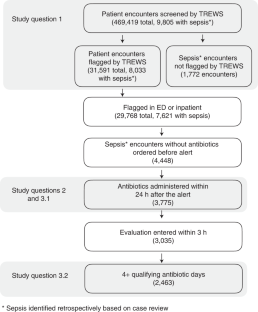2025-04-23 マサチューセッツ大学アマースト校

<関連情報>
- https://www.umass.edu/news/article/umass-amherst-tick-researchers-identify-new-strain-rickettsia-bacteria-causes-spotted
- https://www.sciencedirect.com/science/article/pii/S1877959X25000299
米国メイン州産フタトゲチマダニ(Haemaphysalis leporispalustris)における新しい紅斑熱群リケッチア遺伝子型 A new spotted fever group Rickettsia genotype in Haemaphysalis leporispalustris from Maine, USA
Guang Xu, Elissa Ballman, Nolan Stamborski, Eric L. Siegel, Patrick Pearson, Stephen M. Rich
Ticks and Tick-borne Diseases Available online: 18 March 2025
DOI:https://doi.org/10.1016/j.ttbdis.2025.102465

Abstract
Spotted fever group (SFG) rickettsioses are increasingly recognized worldwide as threats to public health. Rickettsia rickettsii, Rickettsia parkeri, and Rickettsia rickettsii subspecies californica cause spotted fever rickettsioses, including Rocky Mountain spotted fever. These disease agents are transmitted to humans by various tick vectors in the United States. There is growing concern that other tick species, such as Haemaphysalis leporispalustris, may also transmit new and potentially unrecognized SFG rickettsial pathogens. In this study, we found that 6.1 % of 296 questing H. leporispalustris ticks (21 larvae, 260 nymphs, 9 males, and 6 females) collected from 38 towns across nine counties in Maine, USA, were positive for Rickettsia spp. Further multilocus sequence typing and phylogenetic analysis revealed that this is a new Rickettsia genotype (Rickettsia sp. ME2023) belonging to the SFG group and close to Candidatus Rickettsia lanei. Tick vectors and rickettsial species associated with SFG rickettsioses in New England warrant further investigation. Additionally, the role of H. leporispalustris in pathogen enzootic cycles and transmission requires further study.

